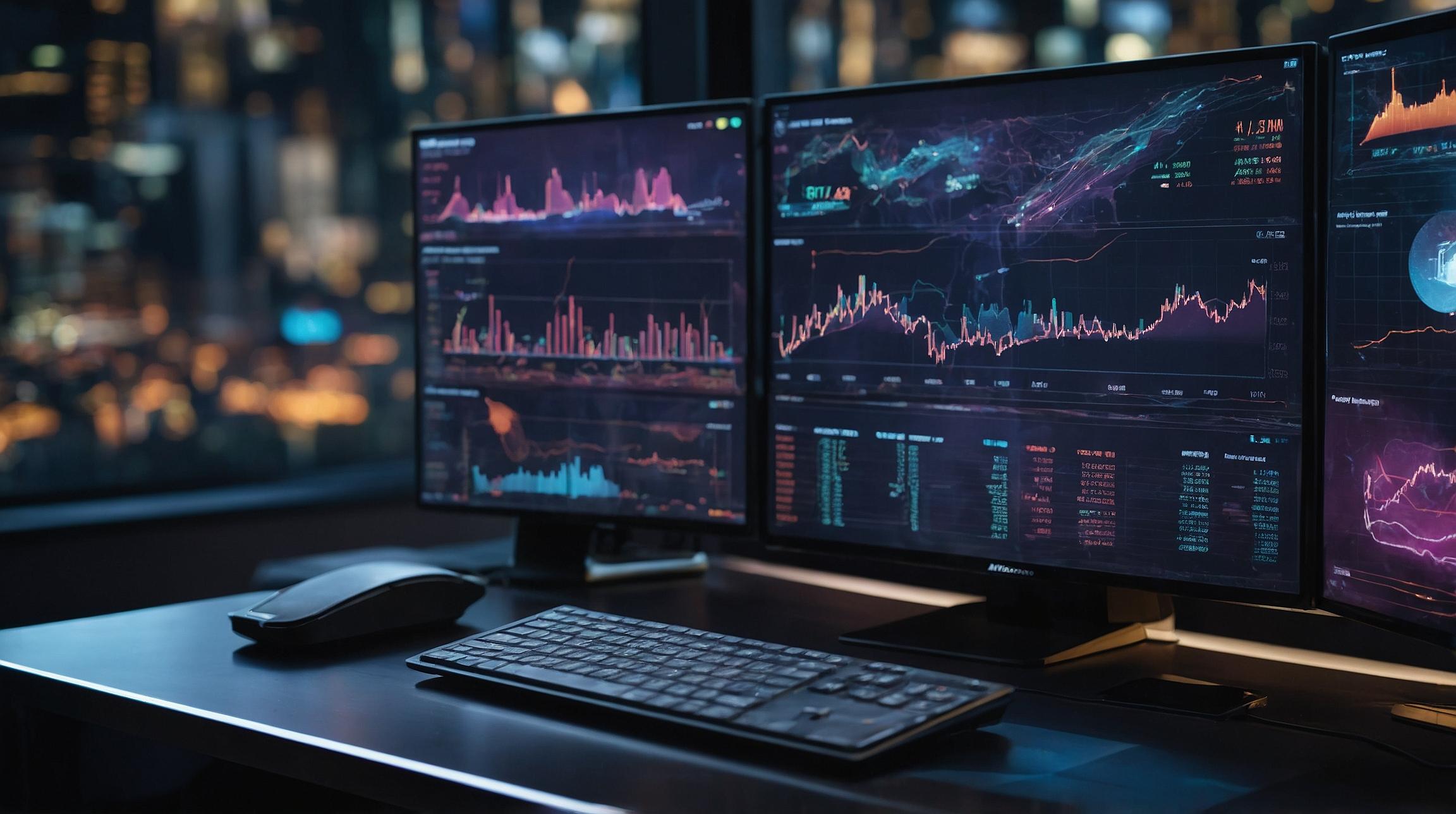Scalability Challenges for Ethereum Tokens in the Face of Upcoming Update
Scalability challenges have long plagued blockchains, with Bitcoin and Ethereum currently only capable of processing a few dozen transactions per second. During peak use periods, network fees can surge to exorbitant levels, causing concerns for users. To address these bottlenecks, Ethereum has witnessed the emergence of a galaxy of complementary networks called ‘Layer 2s’, which have grown rapidly and become some of the largest blockchains worldwide. These Layer 2s offer tokens that have garnered multibillion-dollar valuations from investors.
However, there has always been a question of how these tokens would fare once Ethereum scales, as it has long planned to do. The answer to this question is on the horizon, as Ethereum is set to undergo a significant update next month, known as Dencun, which could potentially boost its throughput to an impressive 100,000 transactions per second.
Layer 2 protocols, such as rollups, have played a crucial role in enhancing the performance of Ethereum. **Rollups offload and batch transactions to a secondary layer, linking them together and then posting them to the main network as a single entry.** Ethereum’s rollups are far more extensive than those of other networks, like Bitcoin. There are two types of rollups: optimistic rollups and ZK-rollups.
Optimistic rollups group transactions into a single block, assuming that each transaction is valid, and then anchor them back onto Ethereum periodically. On the other hand, ZK-rollups bundle multiple transfers into a single cryptographic proof, which is then verified for accuracy by the base Ethereum chain. The significant difference between the two lies in the ability to prove the correctness of transactions; ZK-rollups excel in this regard.
Among the L2 networks, optimistic rollups **have gained more popularity**, with Optimism and Arbitrum leading the pack in terms of the total value of assets locked on their networks. As for ZK-rollups, Loopring, StarkWare, and Matter Labs zkSync are some of the notable players, although their assets remain relatively smaller in comparison. Notably, zkSync Era currently boasts the highest throughput among all L2 networks, surpassing even market leader Arbitrum. However, Ethereum still processes faster transactions per second than any L2 network.
Apart from rollups, there are other notable L2 networks, including Polygon, which has grown into its own ecosystem and has a market capitalization of $8 billion.
Over the past year, ether has outperformed its L2 competitors, except for ImmutableX (IMX), a gaming-focused platform that experienced a surge in December due to significant announcements. However, most L2 tokens have surpassed ether in value over the past three months, possibly driven by investor anticipation of an ether exchange-traded fund (ETF).
Looking ahead, the adoption of the Dencun update by Ethereum is imminent. Industry experts have differing views on the impact on L2 networks. Kavita Gupta, a venture capitalist and founder of Delta Fund, believes that if L2s simply serve as excess capacity for Ethereum, they may face challenges after the update. However, Gupta remains optimistic, stating that leading projects like Polygon, Optimism, and Arbitrum have already expanded their offerings beyond providing excess capacity for Ethereum.
Cosmo Jiang, a portfolio manager at Pantera Capital, shares Gupta’s sentiment. He explains that the Dencun update is intended to make it cheaper for L2s to post transactions to the Ethereum network, rather than cannibalize L2 volume. Jiang highlights that it will become 10 times cheaper for L2s to settle transactions, benefiting both L2s and Ethereum.
Regarding the future of L2 networks, fortunes may vary. Jiang expresses skepticism towards zk-rollups, citing them as largely experimental and lacking measurable organic activity. He notes that few decentralized finance applications have migrated to these chains. While zk-rollups hold potential for lower costs and faster transactions at scale, Jiang believes this is still far off.
However, both Jiang and Gupta agree that Arbitrum stands out among the L2 competition. Its technology stack has made it a preferred choice for decentralized finance applications, benefiting from faster transactions and cheaper fees. Additionally, Optimism’s technology has been adopted by other developers, such as Coinbase with their platform Base. While Base initially experienced high activity, it has since tapered off, potentially requiring additional support to attract growth.
Investors bullish on the prospect of an ether ETF may consider L2 tokens as a high-beta play on the broader market. When making longer-term investments in L2 portfolios, optimistic rollup platforms like Arbitrum and Optimism are recommended. zkSync could serve as a diversifier, but it currently does not have a token, with no announced plans for one. ImmutableX (IMX) could play a small role in portfolios, although caution is advised due to the nascent stage of blockchain gaming.
In conclusion, as Ethereum prepares for its forthcoming Dencun update, the scalability and future prospects of L2 networks remain uncertain. While Ethereum aims to improve its throughput significantly, industry experts are divided on the impact this will have on L2 tokens. The success of L2 networks will likely depend on their ability to provide value beyond serving as excess capacity for Ethereum.
Analyst comment
Positive news: The upcoming update to Ethereum, known as Dencun, has the potential to boost its throughput to 100,000 transactions per second, addressing scalability challenges. Layer 2 networks, such as rollups, have played a crucial role in enhancing Ethereum’s performance. L2 tokens have garnered multibillion-dollar valuations, and leading projects like Polygon, Optimism, and Arbitrum have expanded their offerings beyond excess capacity for Ethereum. The Dencun update will make it cheaper for L2s to post transactions to Ethereum, benefiting both L2s and Ethereum. Arbitrum stands out among L2 competition, while zk-rollups are still experimental. Investors bullish on an ether ETF may consider L2 tokens as a high-beta play.
Market outlook: The market for L2 tokens may experience growth and increased adoption as Ethereum scales with the Dencun update. Optimistic rollup platforms like Arbitrum and Optimism are recommended for longer-term investments. The success of L2 networks will depend on their ability to provide value beyond serving as excess capacity for Ethereum. The future of zk-rollups remains uncertain, but they hold potential for lower costs and faster transactions at scale. Caution is advised for nascent blockchain gaming projects like ImmutableX (IMX).













